Introduction
Typography
- Fonts
- Text and image
- Technopaegnia
Woodcuts
Cinematic visual logic
- Moving bodies
- Double page spread
- Filmic sequences
Architecture
Gardens and landscapes
Other editions
Mysterious messages
Eros and metaphor
Technical innovations
External links
Other editions
The book went on to become a spectacular success. Indeed, it turned into something of a cult book in sixteenth-century Italy and was re-edited by Aldus’s sons in 1545. But it is in France that the book had its greatest success. There its publication probably shaped to a great extent the sensibility of the arts of the French Renaissance under the reign of Francis 1. Le Songe de Poliphile was published at the press of Jacques Kerver in Paris in 1546; it was reprinted twice in folio editions, in 1554 and 1561, and in quarto in 1600. The translation is usually attributed to Jean Martin and the engravings, also anonymous, to Jean Cousin.The English version of 1592 was published
under the title The Strife of Love in
a Dreame at the press of Simon
Waterson in London, dedicated to Sir Philip Sydney, and
probably translated by Sir Robert Dallington. While the
text is a fine example of the exquisitely crafted and
charming prose of the Elizabethan period, it represents
only about a third of the original and contains many
errors of translation, beginning with the first sentence.
The illustrations, also subject to many eliminations, are
by a mediocre hand.
(from pp. 23 of L. Lefaivre’s
Leon Battista Alberti’s
Hypnerotomachia Poliphili).
Copyright © 1997. The MIT Press. All rights reserved.
Poliphilo dreaming inside
his dream
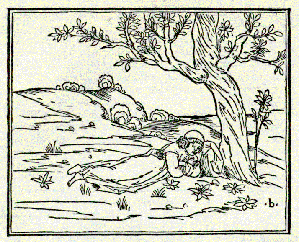
Italian version
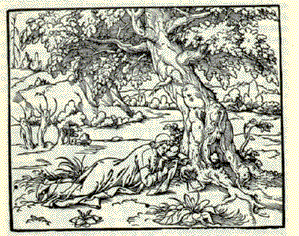
French version
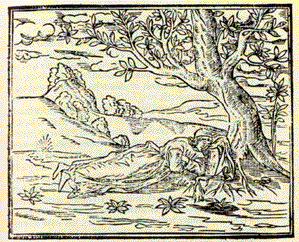
English version
The sleeping nymph
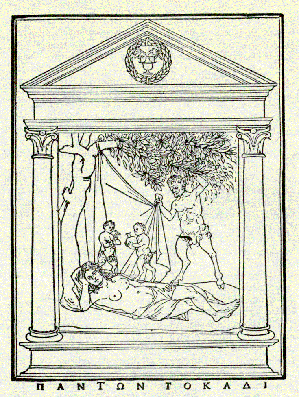
Italian version
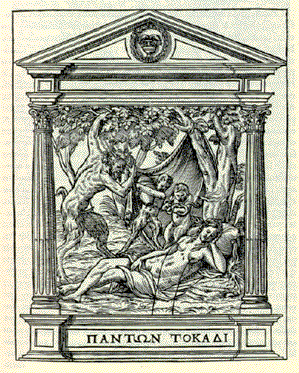
French version
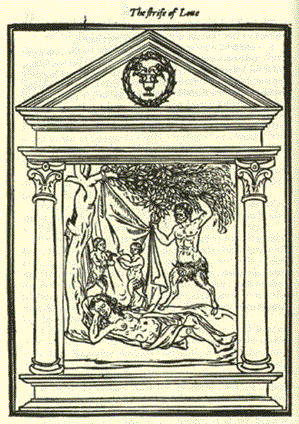
English version